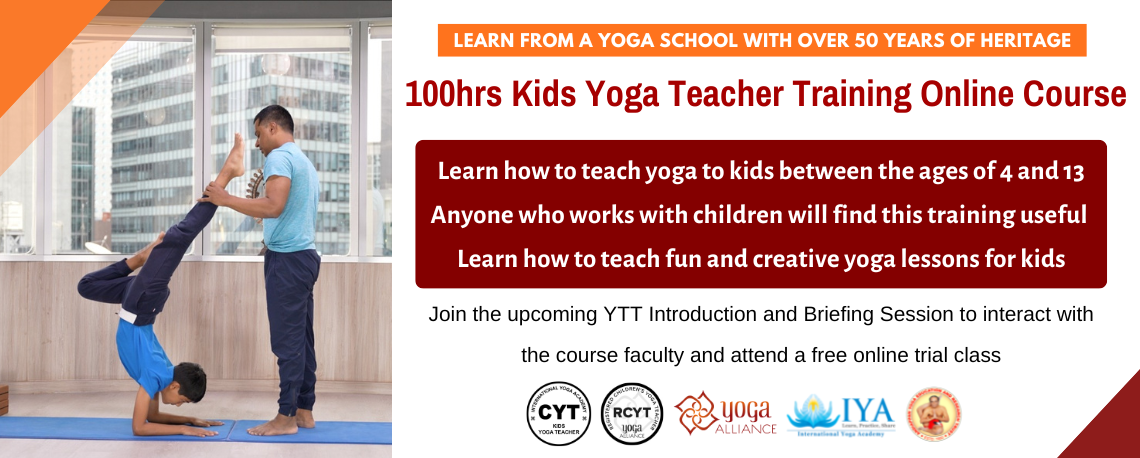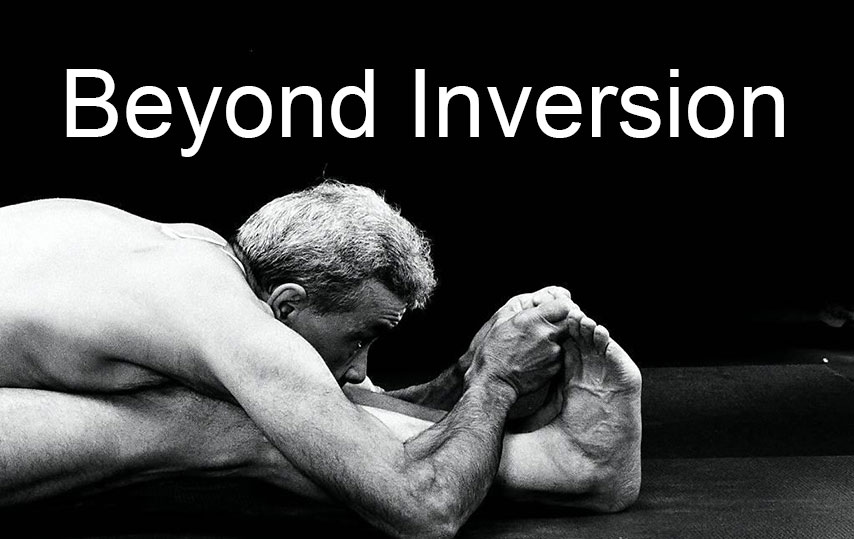Legendary yoga teacher Sri Dharma Mittra (“Sri DM”) first encountered yoga as a teenager before meeting his Guru in 1964 and beginning his training in earnest. Sri Dharma founded one of the early independent schools of yoga in New York City in 1975 and has taught hundreds of thousands the world over in the years since. Sri Dharma is the model and creator of the “Master Yoga Chart of 908 Postures”, the author of ASANAS: 608 Yoga Poses, has released two DVD’s to date – “Maha Sadhana” Levels I and II, and the Yoga Journal book Yoga was based on his famous Master Chart. Sri Dharma continues to disseminate the complete traditional science of yoga through daily classes, workshops and his “Life of a Yogi” Teacher Trainings at the Dharma Yoga New York Center and around the world.
Asana (“A”) had the honour of interviewing Sri Dharma amidst his busy teaching and travel schedules.
The Practice
A: Most yoga practitioners in the West start their practices at an older age relative to those in India. Do you see a late start as a hindrance?
Sri DM: No. It fits perfectly to the lifestyle common in the West of today.
A: How often should one practise yoga?
Sri DM: Asanas, pranayama and meditation should all be done for at least 10-15 minutes daily. Yama (the ethical rules) and niyama (the yogic observances) should be done all day long every day.
A: How do you guide your students to understand that asana is just one of the eight limbs and that it is important to study the others?
Sri DM: I guide students to understand that Asana is just one of the eight limbs of Ashtanga Yoga by teaching them that the asanas deal more with health and some mental powers only, with the exception of a comfortable seated asana for the practice of pranayama and meditation. In the end, it’s yama, niyama and meditation that lead one to self-realisation.
A: Many aspire to learn your famous no-hands headstand. What are the techniques? Should yoga practitioners focus on mastering certain asanas rather than learning beyond?
Sri DM: The famous hands-free Headstands are “wall-supported” – just rest the heels on the wall. Don’t waste too much time with the asanas. Just do enough to maintain good health and a comfortable seated asana for meditation.
A: Having taught for over fifty years and dealt with multicultural-ism and diversity, what is your best advice for any yoga student?
Sri DM: The students must try to be obedient to the teacher and be vegetarian.
The Teaching
A: What is your typical week like?
Sri DM: Between Monday and Friday in a given week, I teach about 15 classes. On Saturdays, I regularly teach 2-3 classes and once a month, a 3-hour special workshop called Maha Sadhana. On Sundays, I teach one class about once each month. Plus, I conduct Satsang each month and frequently travel to offer workshops in many places all around the world. I also care for three pets and spend some time each week at the computer answering lots of questions from various students via e-mail.
A: Do you notice any differences in the students’ practices and styles in North America, Europe, or Asia?
Sri DM: Yes. The Asian students show much more respect and obedience to the teacher than students from other places.
A: “Dharma Yoga practice gives one’s body the power and strength to have resistance to common illnesses and diseases.” Does this summarise your teaching?
Sri DM: No! The main purpose of the Dharma Yoga method is to settle the mind into silence so that the Self may be realised.
A: Do you teach your students the 908 Asanas?
Sri DM: On a regular basis, I teach only about 50 or so main poses. I sometimes offer certain variations if I see that they will help the students that come to take a particular class to make rapid progress.
A: As the “Teacher’s Teacher”, what is your advice for just “good” versus “great” teaching?
Sri DM: I don’t consider myself to be the “Teachers’ Teacher”, and I hate it whenever this statement is made about me because I feel it is false. That being said, just good or adequate teaching is done without regard to yama and niyama by a teacher who has not yet realised the Self. Great teaching is done in the state of sattva and prepares the students being taught for Self Knowledge.
The Lifestyle
A: Do you consider that being a full-time Yogi and Brahmachari makes you who you are today? Should your aspirants follow this path?
Sri DM: Most definitely not!
A: “Without Yama, there is no success in yoga.” How should one best observe Yama in their daily life?
Sri DM: Just by being extremely respectful, reverent and compassionate do all living beings.
A: You actively teach and promote Ahimsa. How would vegetarianism or veganism affect yoga practitioners’ practices and, in a broader sense, lifestyle?
Sri DM:The result of keeping a vegetarian or vegan diet is radiant physical, mental and spiritual health and this is the most civilised lifestyle there is.
A: Can you explain how one should “be receptive to develop compassion and gratitude”?
Sri DM: By learning to see oneself in others.
A: Should a Yogi lead a different lifestyle as a “normal person”?
Sri DM: In most cases, no, but in his or her conduct, a Yogi should absolutely act differently than a normal person. Their strict observance of yama should render them a shining example to everyone around them.
The Way Forward
A: Do you consider that you have achieved most of what you set out to do? Sri DM: Not really – I still have lots of things to achieve and do.
A: What are your immediate plans and long-term aspirations?
Sri DM: None, except to try and maintain my state of health so that I can continue to teach for many years to come.
A: Have you created more Asanas than set out in your Master Yoga Chart of 908 Postures?
Sri DM: Yes, a few of them, but I am not identified with the doer, so for me there is no creation. Through my constant practice, automatically, new poses are discovered and put into action, but this is less about creation and more about being a vessel for the teachings to manifest through.
A:Are you planning your next major project?
Sri DM: At the present moment, I don’t have any major projects planned.
A: What are your priorities in life, eg teaching, practice or outreach?
Sri DM: All of the above!
who is so willing and forthcoming to share his experience and wisdom. During the conversation, he stressed a few times the importance of Yama and Niyama, which Asana also advocates, hence the features in the past ten issues. As a yoga practitioner, one should not just focus on the asana practice – Yoga is more than a physical practice.
For more information on all things about Sri Dharma, please visit: www.dharmayogacenter.com


















 Other
Other